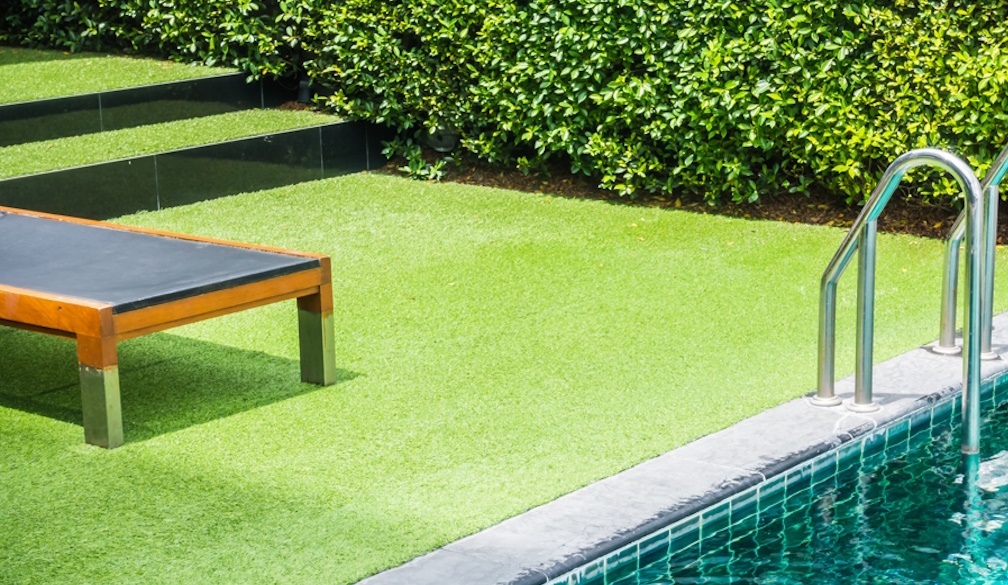Mistakes that Can Spell Disaster for Artificial Grass

Artificial grass has become a popular landscaping choice among Australian homeowners thanks to its year-round green appearance, affordability and minimal maintenance requirements. Synthetic grass delivers a consistently neat and attractive outdoor space without the need for mowing, watering or fertilising. Whether you live in a dry inland area or a coastal environment, artificial grass remains lush and presentable, making it a smart long-term investment.
However, like any outdoor surface, artificial grass still requires the right care to maintain its appearance and lifespan. Certain common mistakes can cause significant damage over time, affecting drainage, hygiene and durability. Whether your artificial turf is used for a backyard lawn, family play area or pet space, understanding these issues will help you protect your investment.
In this guide, we outline the top eight artificial grass mistakes to avoid so you can keep your lawn looking great for years to come.
1. Using Sharp Items That Can Damage the Surface
Sharp tools such as knives, metal rakes, scissors or even pet claws can puncture or tear synthetic turf. Even a small cut can spread over time, weakening the surface and creating noticeable damage.
Tip: Avoid using sharp tools on your lawn and place a protective mat down when working nearby to prevent accidental cuts.
2. Placing Bulky Objects Onto It
Heavy outdoor furniture, planters, gym equipment and barbeques can flatten Sydney synthetic grass fibres over time, creating dents or bald patches. Excessive pressure also disrupts the infill beneath the turf.
Tip: Use lightweight furniture where possible and move heavier items occasionally to distribute weight evenly.
3. Cleaning It with Abrasive Chemicals
Bleach, ammonia, degreasers and solvent-based cleaning products can damage synthetic grass fibres, causing discolouration, stiffness or chemical burns. Oil-based spills like sunscreen and cooking grease can also stain if not treated quickly.
Tip: Use mild, turf-safe detergents mixed with warm water for cleaning. Avoid bleach and strong chemical cleaners entirely.
4. Allowing Pet Urine and Faeces to Accumulate
Artificial grass is pet friendly, but pet waste can create strong odours and bacteria growth if not cleaned properly. Urine residue may also build up in the infill, causing hygiene issues.
Tip: Remove pet waste immediately. Rinse the area with water, scrub lightly with a mild detergent solution, and neutralise odours with a vinegar and water mix or a turf deodoriser.
5. Improper Installation
Incorrect installation can cause serious long-term issues such as uneven surfaces, loose turf, poor drainage and visible seams. Inadequate groundwork and a poorly prepared base are common DIY errors.
Tip: While DIY installation is possible, using a professional artificial grass installer ensures a level base, neat joins and long-term performance.
6. Ignoring Weed Prevention
Artificial grass does not eliminate weeds entirely. Without a proper weed barrier, seeds can grow through drainage holes or along the edges. Tree roots can also cause lumps and uneven turf.
Tip: Ensure a quality weed membrane is installed beneath the turf and check edges regularly for unwanted growth.
7. Exposing Turf to High Heat
Synthetic turf is heat-resistant, not fireproof. Hot objects like charcoal, fire pits, hotplates, cigarettes or fireworks can melt fibres and cause permanent burn marks.
Tip: Keep barbeques and fire pits away from your lawn, and never place hot objects directly on the turf.
8. Poor Drainage and Water Buildup
Without proper drainage, water can pool on the surface, causing mould, bacteria growth and unpleasant smells. Poor drainage usually results from incorrect base preparation or compacted infill.
Tip: Ensure professional installation with a well-prepared crushed rock base. Regular brushing can also prevent compaction and support good drainage. If in doubt, consult an artificial turf stockist.
Artificial Grass Care Tips
To keep your synthetic lawn looking great:
- Brush regularly to keep the grass blades upright
- Rinse occasionally to remove dust and pollen
- Clean spills quickly to prevent stains
- Inspect monthly for weeds around edges or seams
- Keep it clear of leaves and debris to avoid mould growth
Conclusion
Artificial grass is a fantastic low-maintenance landscaping solution, but avoiding these common mistakes will help you maintain its beauty, hygiene and durability. Whether you are installing a new lawn or upgrading an existing one, always seek the advice of a trusted synthetic grass supplier.





